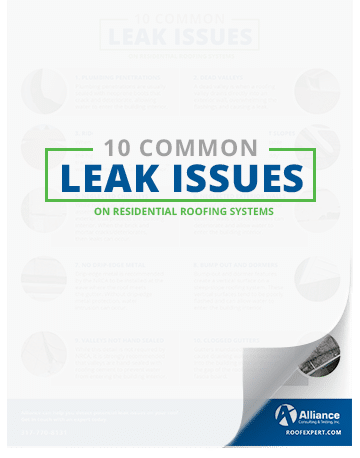Analyzing Various Types Of Solar Panels: Figuring Out One Of The Most Appropriate Option For Your Residence
Analyzing Various Types Of Solar Panels: Figuring Out One Of The Most Appropriate Option For Your Residence
Blog Article
Material Writer-Bond Nygaard
When it concerns choosing the best solar panels for your home, the selections can be overwhelming. Each type provides distinct advantages and compromises, making it vital to determine which elements align ideal with your objectives. Whether your emphasis gets on performance, cost-effectiveness, or looks, there's a photovoltaic panel type that can accommodate your requirements. So, before you decide, consider the important elements that will impact your solar energy system's performance and suitability for your home.
Monocrystalline Solar Panels
When thinking about solar panels, you may discover monocrystalline photovoltaic panels. These panels are known for their high efficiency rates due to their building from a solitary constant crystal framework. This style permits monocrystalline panels to carry out far better in low light conditions compared to other types of photovoltaic panels. Furthermore, their streamlined black appearance makes them a popular selection for household installments, assimilating perfectly with most roofs.
One key benefit of monocrystalline solar panels is their area performance. They require much less space to produce the exact same amount of electricity as other photovoltaic panel kinds, making them excellent for homes with minimal roof space.
While monocrystalline panels have a tendency to be more pricey upfront, their lasting longevity and efficiency typically make them a cost-effective investment in the realm of solar power. If you focus on performance and aesthetics in your photovoltaic panel selection, monocrystalline panels could be the best selection for your home.
Polycrystalline Solar Panels
Polycrystalline solar panels, additionally known as multicrystalline solar panels, use an alternative choice to monocrystalline panels. These panels are made from silicon crystals that are thawed with each other, creating a less uniform look contrasted to monocrystalline panels.
One of the crucial benefits of polycrystalline panels is their reduced production price, making them an extra economical choice for home owners seeking to invest in solar energy.
While polycrystalline panels may have a slightly lower efficiency price contrasted to monocrystalline panels, they still supply a reliable and affordable means to generate solar power for your home. These panels execute well in heats and are a sturdy option for a variety of environments.
If you have a larger roof area and are wanting to optimize your energy production without breaking the bank, polycrystalline panels could be the right choice for you.
When considering https://www.cnbc.com/2022/07/26/surging-temperatures-are-good-for-solar-panels-right-the-answer-is-its-complicated.html for your home, it's vital to consider the cost-effectiveness and effectiveness of polycrystalline panels versus your energy requirements and spending plan constraints.
Thin-Film Solar Panels
Moving on to Thin-Film Solar Panels, these panels offer a distinct choice to conventional silicon-based options like polycrystalline panels. Thin-film panels are lightweight and versatile, making them easier to mount on different surface areas like bent roofs or walls. They're additionally more visually pleasing, blending in seamlessly with the design of your home.
Nonetheless, it's necessary to keep in mind that thin-film panels generally have lower effectiveness rates contrasted to crystalline silicon panels. This means you might require even more area to create the same quantity of electrical energy.
On the silver lining, thin-film panels execute better in low-light conditions and have a lower temperature coefficient, suggesting they can generate more power on hot days. If you have ample room and are trying to find a functional and aesthetically appealing photovoltaic panel option, thin-film panels could be a terrific selection for your home.
Final thought
In conclusion, when choosing the best solar panel type for your home, consider your energy needs, spending plan, and area restrictions. Monocrystalline panels give high efficiency in limited room, while polycrystalline panels provide an affordable alternative with reliable efficiency. Thin-film panels provide flexibility and aesthetic allure but might have reduced efficiency rates. By considering these variables, you can pick the photovoltaic panel kind that ideal fits your specific demands.
